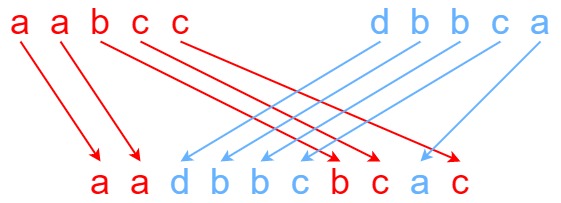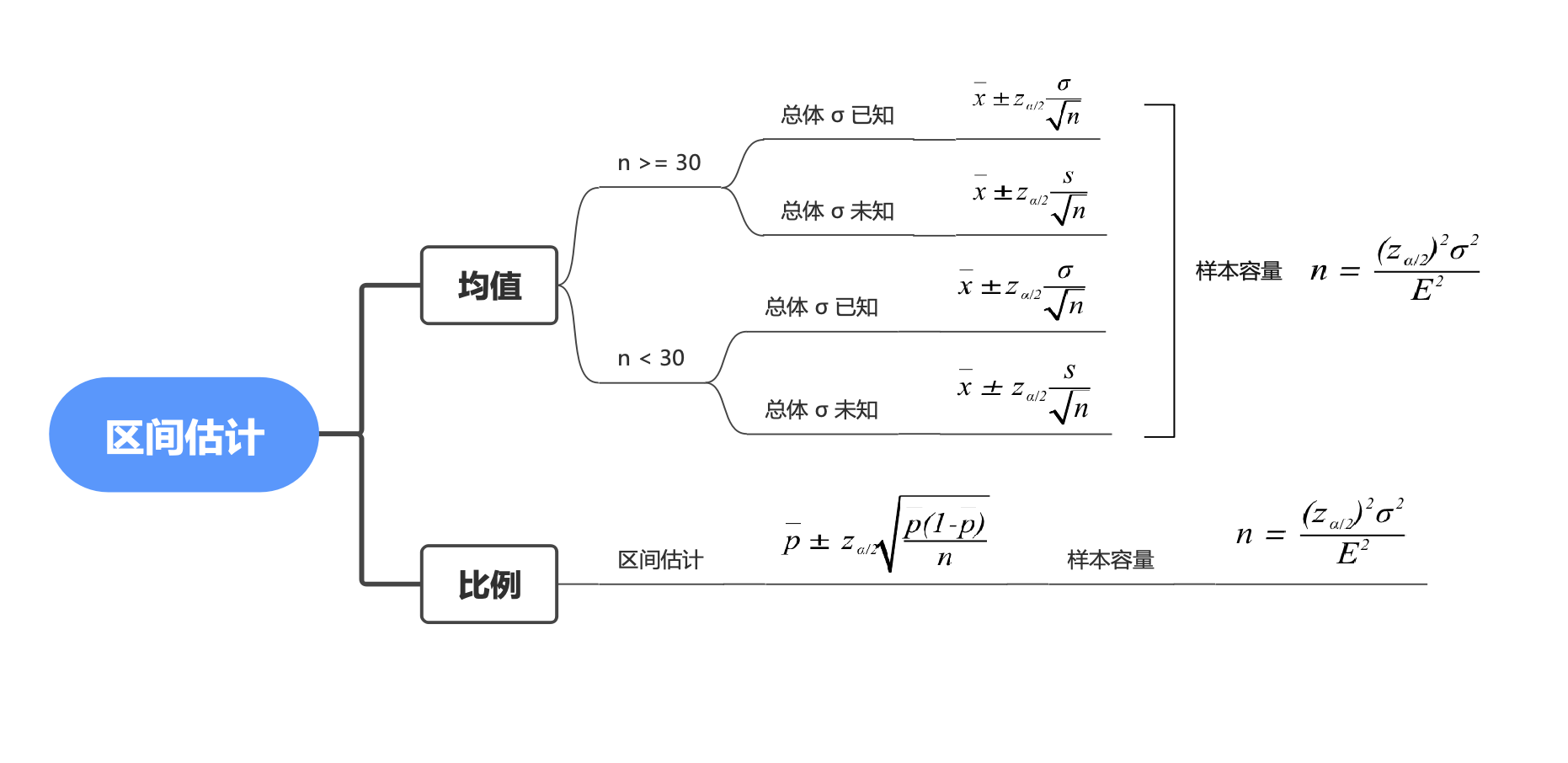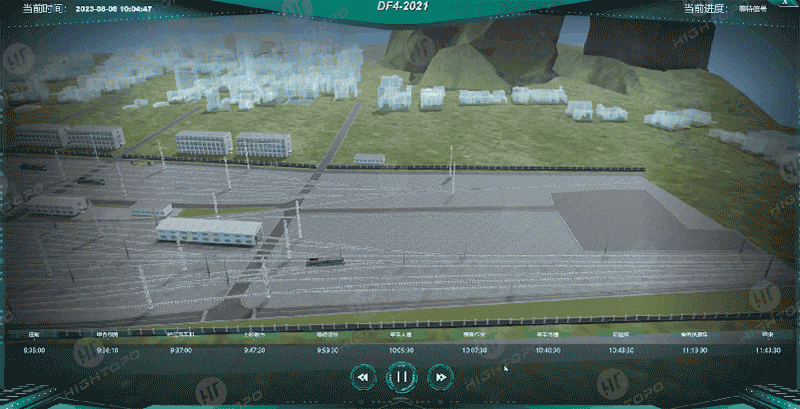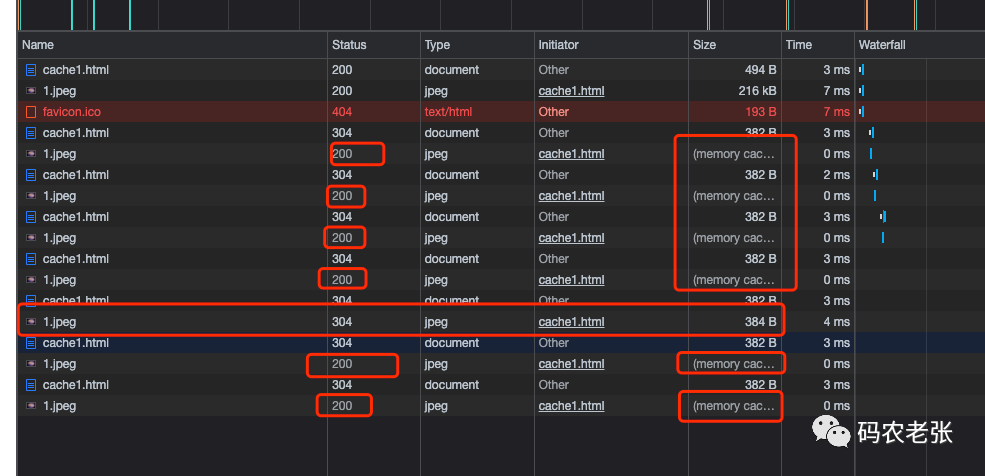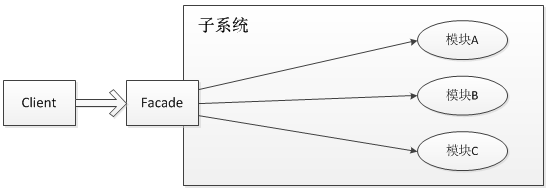m8130kt GPS模块测试
- ✨在某宝捡电子垃圾,10块钱的价格,就是没有资料可以提供的。上面携带有u-blox UBX-M8130-KT芯片,是肯定的,至于HMC5883芯片不确定,拆了屏蔽罩,芯片实在是太小,使用40倍放大镜也没看清楚丝印,只能确定该芯片是I2C输出。
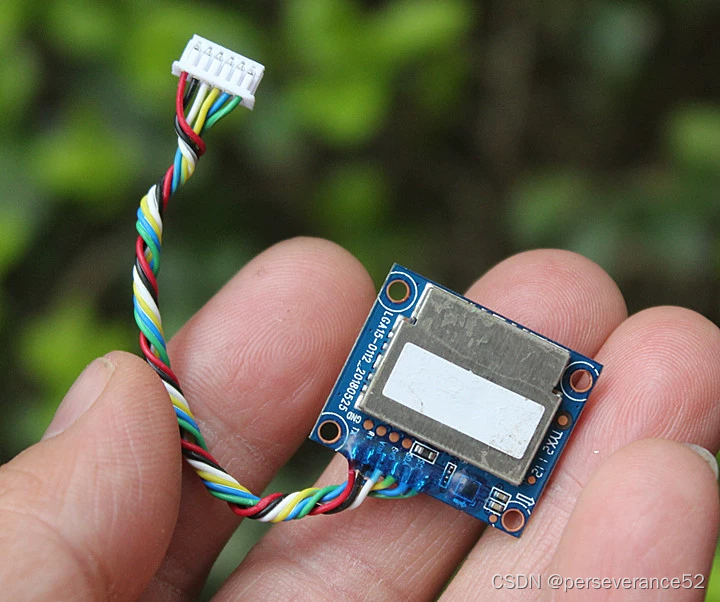
- 🔧拆下屏蔽罩,驱动存储芯片,才能显示卫星。
- 🌿未拆下芯片,通过
u-center软件,只能显示如下这些,时间、经纬度,等信息,其他串口上位机直接显示乱码,(未拆芯片,波特率默认是115200)

- 🌿拆掉eeprom ic后,默认通讯波特率变为9600,可以通过野火多功能调试助手查看,但是该工具不能显示北斗信息。u-center可以。
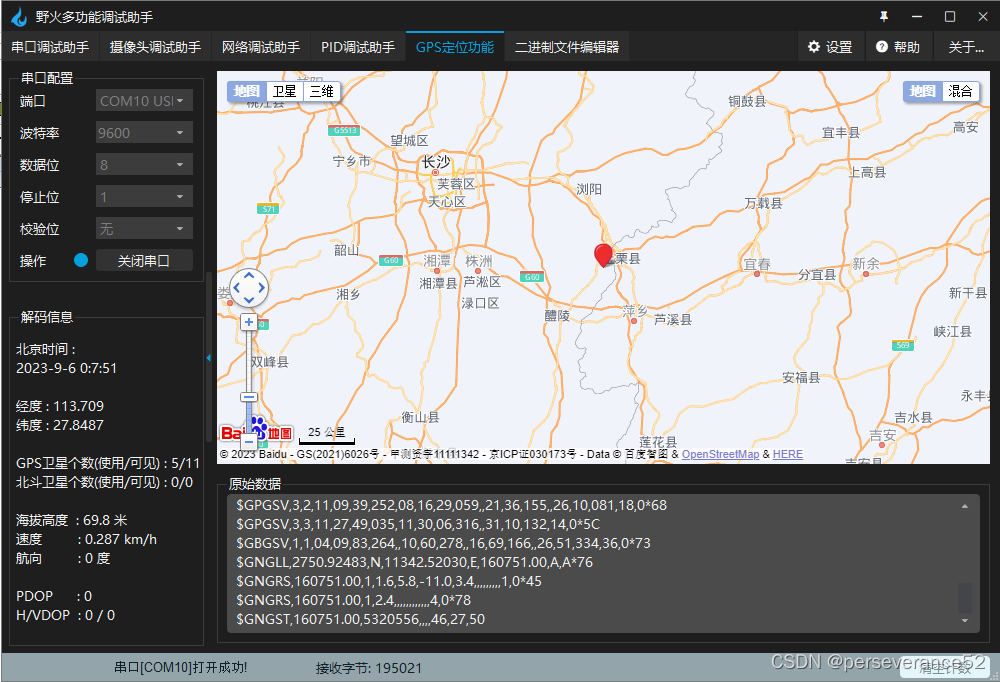
🌿通过u-center查看,不急可以查看数据还可以配置更多内容。

- 🌿配置接收北斗信号:
- 修改NMEA协议版本号到:
4.1

- 勾选北斗使能选项

- 提交配置信息。
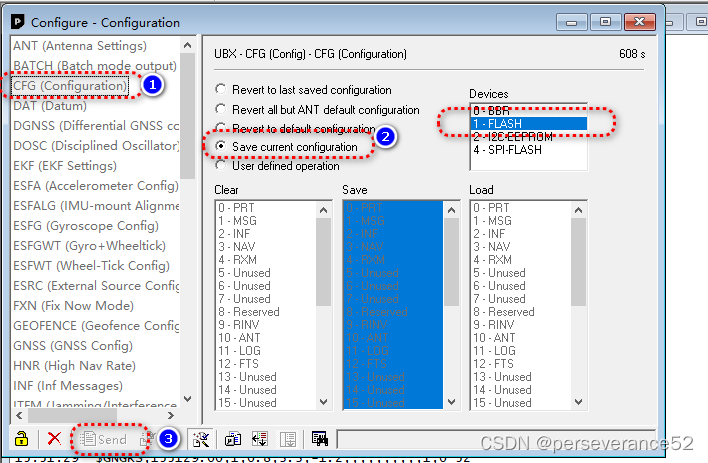
- 🔖这个只能保存短暂时间断电有作用,不知道是不是拆掉的外部存储ic造成的。



- 🔖搜星和接收数据需要一定的时间,刚上电,不会立马就会显示很多星。在室外使用可能搜星速度比较快一点,如果在室内,建议,将陶瓷天线拆分开来,通过延长线引入到窗户边上。
- 🌿通过延长线将陶瓷天线小方块放到窗户边上,搜到的卫星数量非常多。

📓I2C设备
- ✨确保该模块功能是正常的,可以通过I2C扫描程序扫描其I2C地址。
- 👉🏻I2C扫描程序(STM32程序):看我这篇《HAL STM32F1硬件I1C扫描从设备地址》
- 📑I2C扫描程序(Arduino程序)
// --------------------------------------
// i2c_scanner
//
// Version 1
// This program (or code that looks like it)
// can be found in many places.
// For example on the Arduino.cc forum.
// The original author is not known.
// Version 2, Juni 2012, Using Arduino 1.0.1
// Adapted to be as simple as possible by Arduino.cc user Krodal
// Version 3, Feb 26 2013
// V3 by louarnold
// Version 4, March 3, 2013, Using Arduino 1.0.3
// by Arduino.cc user Krodal.
// Changes by louarnold removed.
// Scanning addresses changed from 0...127 to 1...119,
// according to the i2c scanner by Nick Gammon
// https://www.gammon.com.au/forum/?id=10896
// Version 5, March 28, 2013
// As version 4, but address scans now to 127.
// A sensor seems to use address 120.
// Version 6, November 27, 2015.
// Added waiting for the Leonardo serial communication.
//
//
// This sketch tests the standard 7-bit addresses
// Devices with higher bit address might not be seen properly.
//
#include <Wire.h>
void setup() {
Wire.begin();
Serial.begin(9600);
while (!Serial); // Leonardo: wait for Serial Monitor
Serial.println("\nI2C Scanner");
}
void loop() {
int nDevices = 0;
Serial.println("Scanning...");
for (byte address = 1; address < 127; ++address) {
// The i2c_scanner uses the return value of
// the Wire.endTransmission to see if
// a device did acknowledge to the address.
Wire.beginTransmission(address);
byte error = Wire.endTransmission();
if (error == 0) {
Serial.print("I2C device found at address 0x");
if (address < 16) {
Serial.print("0");
}
Serial.print(address, HEX);
Serial.println(" !");
++nDevices;
} else if (error == 4) {
Serial.print("Unknown error at address 0x");
if (address < 16) {
Serial.print("0");
}
Serial.println(address, HEX);
}
}
if (nDevices == 0) {
Serial.println("No I2C devices found\n");
} else {
Serial.println("done\n");
}
delay(5000); // Wait 5 seconds for next scan
}






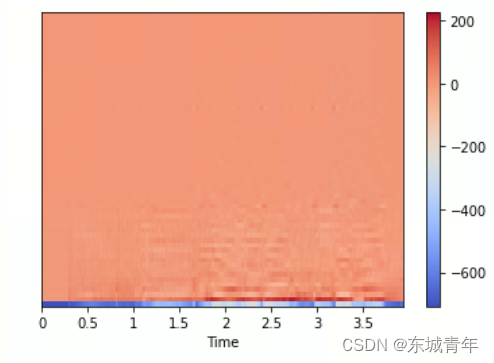


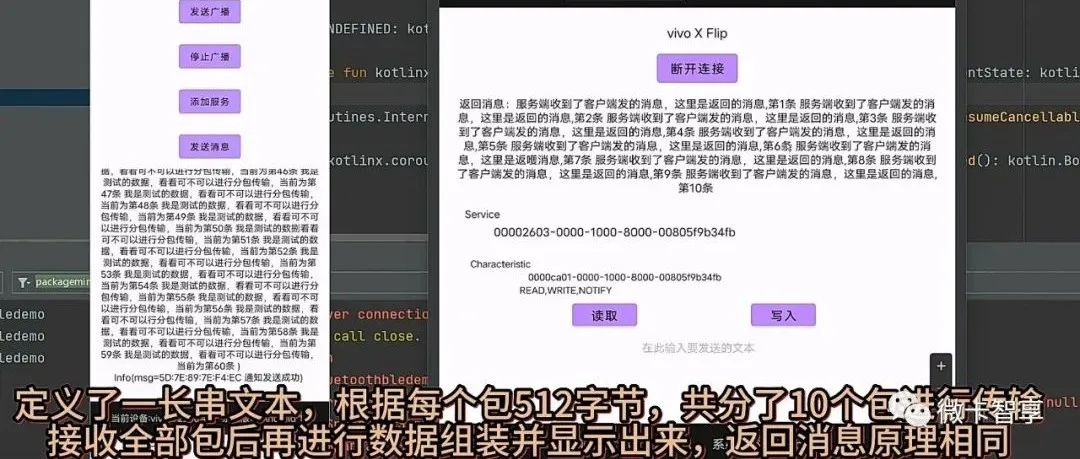
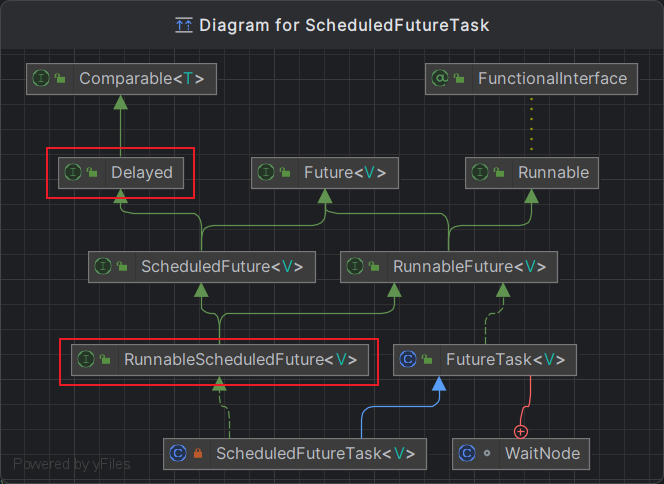
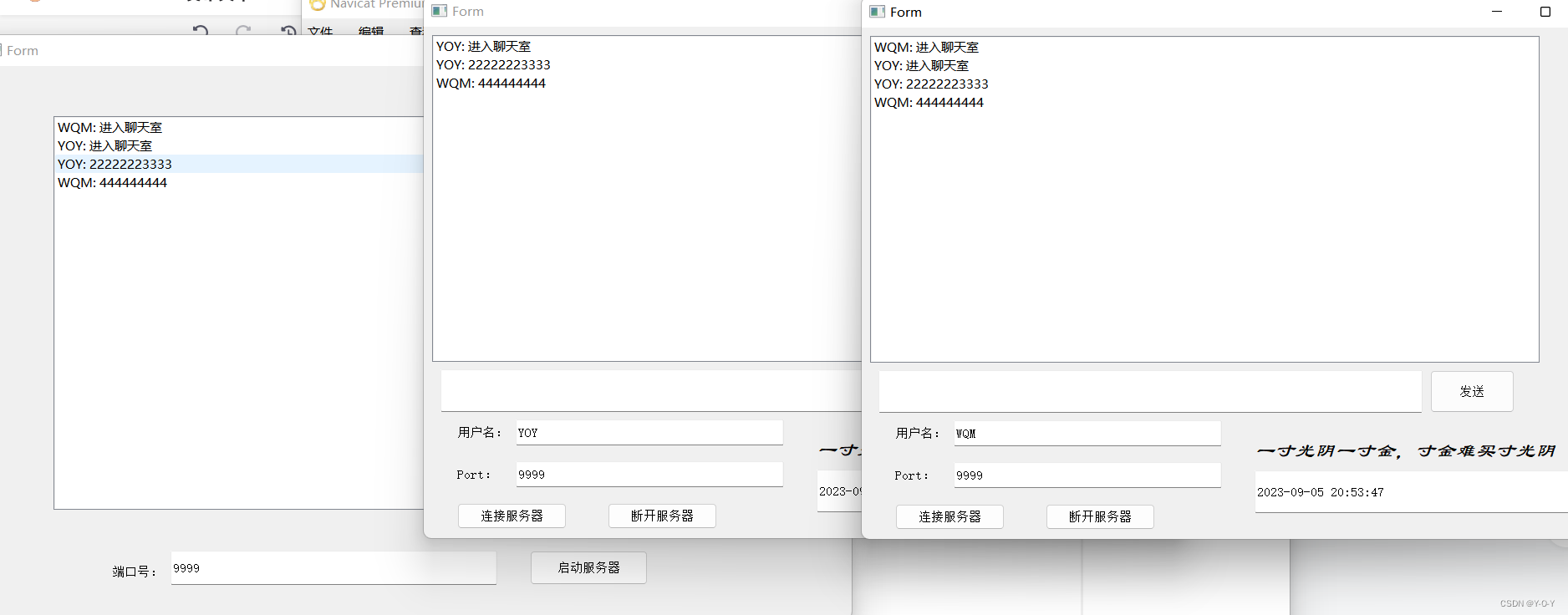

![[Java]异常](https://img-blog.csdnimg.cn/7ad858ba0dd84be9a7cc38624ba8ca67.png)

